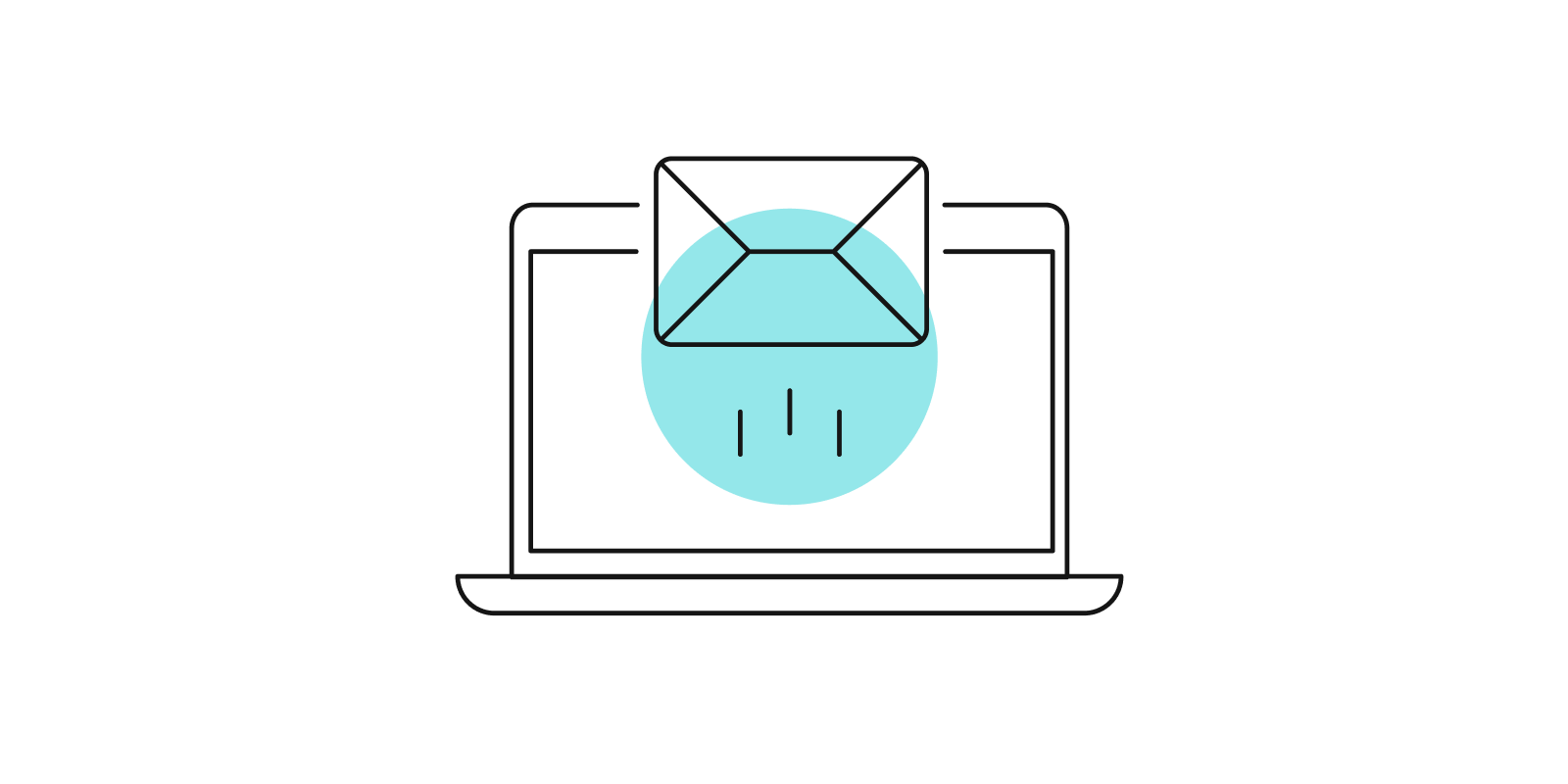
Making the math of finance relevant to students’ lives

A recent survey sponsored by Inside Higher Education and College Pulse found that over 75% of undergraduate students will have student loan debt upon graduation. Of those students nearly half of the respondents do not know what their monthly payments will be. In the same study, about 25% of the students reported having credit debt and about 15% reported having car loans.1
Finite mathematics texts often include a chapter on the mathematics of finance, and for decades these books have covered topics such as amortization of consumer loans with an emphasis on home mortgages. Although mortgage loan examples are helpful because they often last thirty years and can involve large amounts of accrued interest, as the number of first-generation college students increase, a growing number of students do not come from families that paid a mortgage for their residence.
To make the mathematics of finance more relevant to students’ lived experiences, we emphasize examples that involve student loans, auto loans, and credit cards in Mathematics with Applications and Finite Mathematics.
Student loan examples
Even at a public university, the average amount of student loan debt in 2021 was $30,030 for a bachelor’s degree. At an interest rate of 2.75%, that leads to a monthly payment of $286.52. Over the course of 10 years, the total interest paid on the loan will be $4,352.40.
Due to the rise of interest rates since the pandemic, the interest rate for student loans will be 5.50% for the 2023-2024 year,. To demonstrate the impact this will have on monthly payments, an instructor could ask the class, “With a current interest rate of 5.50%, how much does the monthly payment increase on the same amount borrowed of $30,030 on a 10-year payment plan? How much total interest will accrue over the course of the payment plan?” The answer shows that the monthly payment increases by $39.38, which may not appear to students to be a significant increase per month, but the overall interest paid over the course of the loan will more than double, to $9,078.
Auto loan examples
The changes in the U.S. economy have also affected interest rates for auto loans. The Board of Governors of the Federal Reserve System reported that, in November 2016, the average rate for a 6-month new auto loan from commercial banks was 4.05%. In May 2023, the same group reported an average interest rate of 7.81%. How do these changes affect monthly payments and total interest payments?
To make this even more interesting, and perhaps more relevant to students’ lives, nerdwallet.com2 reported in August 2023, average auto loan interest rates by credit score and whether the automobile purchased was new or used.
| Credit Score | Average Annual Percentage Rate, new car | Average Annual Percentage Rate, used car |
| Superprime: 781 - 850 | 5.18% | 6.79% |
| Prime: 661-780 | 6.40% | 8.75% |
| Nonprime: 601 – 660 | 8.86% | 13.28% |
| Subprime: 501 – 600 | 11.53% | 18.55% |
| Deep Subprime: 300 – 500 | 14.08% | 21.32% |
Here is an opportunity to educate students regarding credit scores and the impact they have on how much people pay per month and over the course of their auto loans. Many students may not be aware of such differences. If your course has a social justice emphasis, this could be an interesting example to discuss.
Credit card examples
Interestingly, credit card interest rates have long been high, and are even higher now. Credit cards offer consumers an opportunity to pay their balance off each month without accruing any interest, which makes them a bit different than student and auto loans. Credit cards also offer the consumer the option of determining their own payment plan as long as a “minimum” payment is made each month. A class project can be for students to investigate how banks determine that minimum payment.
What can be helpful from a mathematics of finance perspective is to choose a minimum payment for a scenario (the one used in Mathematics with Applications and Finite Mathematics is 1% of the balance + interest) and have students calculate how long it will take to pay a substantial balance down to 0. For example, for a $10,000 balance on a credit card with 16.14% interest, if the consumer makes consistent minimum payments of $234.50, it will take over five years to pay off the balance, and the consumer will end up paying nearly $5,000 in interest. This assumes that no additional charges are put on that credit card.
To encourage students toward better financial practice, one can use the same scenario, but have the student pay twice the minimum payment amount and see how much time and money they will save paying down the original balance.
The lifelong value of financial literacy
Once students graduate, they will most likely not use their TI-84 calculator and the formulas included in the text to determine things like monthly payments. However, professors can certainly show students the online calculators that exist, so that when they are car or home shopping, they know what their financial burden will be if they are financing the purchase. Working these kinds of examples can show them how much money can be saved by shopping for better interest rates and then making “extra” payments on their loans. If working any of the credit card examples helps prevent students from acquiring large balances on their cards, that is a life win as well. In Mathematics with Applications and Finite Mathematics, motivating examples such as these are found throughout the discussion of the mathematics of personal finance.
References
[1] https://www.insidehighered.com/news/2022/02/25/survey-college-students-need-help-financial-literacy#
[2] https://www.nerdwallet.com/article/loans/auto-loans/average-car-loan-interest-rates-by-credit-score
About the authors

John Holcomb, Cleveland State University
John Holcomb is Professor and Vice Provost for Academic Programs at Cleveland State University. He holds a Ph.D. in Mathematics from the University at Albany SUNY. He is a committed educator with dozens of national and international presentations on learning statistics. He is committed to student success and has been the leader of dozens of projects in Ohio and at Cleveland State University to assist students succeed in mathematics, statistics, and degree completion.

Bernadette Mullins, Florida Polytechnic University
Bernadette Mullins is an Associate Professor in the Department of Applied Mathematics at Florida Polytechnic University. She holds a Ph.D. in Mathematics from the University of Iowa. She is passionate about teaching mathematics using active learning in an inclusive and student-centered classroom. She has made numerous presentations and published articles in mathematics and mathematics education and has served as co-investigator of a Math Science Partnership funded by the National Science Foundation and dedicated to improving student learning in mathematics.



